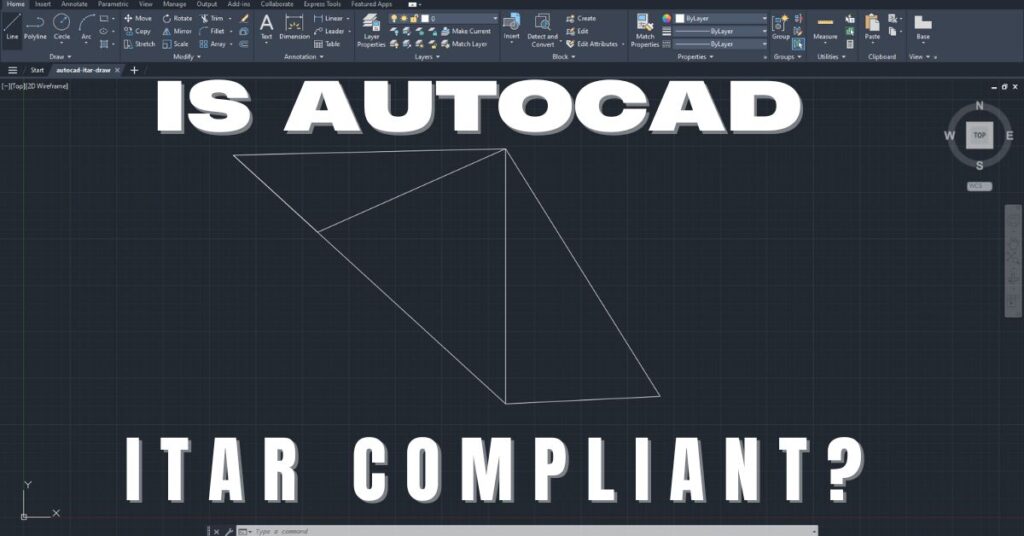SSP and POA&M: Critical Components of a Strong Security Program
Organizations continue to face an ever-growing risk from cyber threats that are becoming more advanced and harder to detect. This makes having a robust cybersecurity program absolutely vital. Within this program, two key elements that every organization needs are a System Security Plan (SSP) and a Plan of Action and Milestones (POA&M). With cyber-attacks on the rise, using an SSP and POA&M ensures organizations proactively assess risks, document safeguards, and remediate problems. These plans provide a strategic and thorough approach to security that reduces exposure to threats. They are indispensable tools for managing today’s elevated cyber risk environment.
What is a System Security Plan (SSP)?
An SSP is a document that outlines an organization’s overall approach to security. It describes the security controls and procedures that are in place to protect sensitive information and assets, and provides a roadmap for maintaining and improving security over time. An effective SSP should be tailored to the specific needs of the organization, taking into account factors such as the size and complexity of the environment, the types of data being stored or processed, and the regulatory and compliance requirements that apply.
What are the components of a good SSP?
An effective SSP should be tailored to the specific needs of the organization, taking into account factors such as the size and complexity of the environment, the types of data being stored or processed, and the regulatory and compliance requirements that apply. Here are some of the key information that you would normally find in an SSP:
- Overview: A brief description of the system and its purpose, including the scope of the SSP.
- System Architecture: A description of the system’s hardware, software, and network infrastructure.
- System Security Requirements: A description of the security requirements for the system, including confidentiality, integrity, and availability requirements.
- Threats and Vulnerabilities: A description of the potential threats and vulnerabilities that could affect the system, and how these risks will be managed.
- Security Controls: A list of the security controls that are in place to protect the system, including physical, administrative, and technical controls.
- Incident Response Plan: A description of the organization’s incident response plan, including procedures for reporting, investigating, and responding to security incidents.
- Continuity of Operations Plan: A description of the organization’s continuity of operations plan, including procedures for maintaining critical business functions during a disruption.
- Security Training and Awareness: A description of the organization’s security training and awareness program for employees and contractors.
- Security Assessment and Authorization: A description of the organization’s security assessment and authorization process, including the roles and responsibilities of personnel involved in the process.
- Plan for Security Control Implementation: A plan for implementing security controls, including a timeline for implementation and milestones to be achieved.
- Maintenance Plan: A plan for maintaining and updating the SSP over time, including procedures for reviewing and updating the plan as needed.
What is a Plan of Action and Milestones (POA&M)?
The POA&M, on the other hand, is a tool for identifying and tracking security weaknesses or vulnerabilities that have been identified during security assessments, audits, or other testing activities. It outlines a plan for addressing these weaknesses, including specific tasks or milestones that need to be achieved, and timelines for completing them. By using a POA&M, organizations can prioritize and track the remediation of vulnerabilities, and ensure that security weaknesses are addressed in a timely and effective manner.
What are components of a Good POA&M?
Here are some of the key information that you would normally find in a POA&M:
- Security Weaknesses or Deficiencies: A list of the security weaknesses or deficiencies identified through security assessments, audits, or other evaluations.
- Risk Analysis: A description of the potential risks associated with each identified security weakness or deficiency.
- Recommended Corrective Actions: A list of recommended corrective actions for each identified security weakness or deficiency.
- Implementation Plan: A plan for implementing each recommended corrective action, including timelines, milestones, and responsible parties.
- Metrics and Performance Measures: A set of metrics and performance measures for tracking progress in implementing the corrective actions and addressing identified security weaknesses or deficiencies.
- Funding and Resource Requirements: A description of the funding and resource requirements for implementing the corrective actions.
- Monitoring and Reporting: A plan for monitoring and reporting progress in implementing the corrective actions, including regular updates to stakeholders and management.
SSP and POA&M Best practises
Together, the SSP and POA&M form the foundation of a strong security program. An effective SSP helps ensure that security controls and procedures are in place to protect sensitive information and assets, while the POA&M helps organizations stay on top of emerging security risks and vulnerabilities, and ensures that remediation efforts are properly prioritized and managed.
Implementing an effective SSP and POA&M requires careful planning and attention to detail. Here are some best practices to consider:
- Involve key stakeholders: Developing an effective SSP and POA&M requires input and buy-in from a variety of stakeholders, including IT personnel, security teams, business leaders, and compliance officers. Make sure to involve these stakeholders in the planning and development process to ensure that the plan is comprehensive and meets the needs of the organization.
- Conduct a thorough risk assessment: Before developing an SSP, it’s important to understand the risks facing the organization. Conduct a thorough risk assessment to identify the types of data and assets that need to be protected, the potential threats to these assets, and the likelihood and impact of different types of security incidents.
- Tailor the SSP to the organization’s needs: There is no one-size-fits-all approach to developing an SSP. Make sure to tailor the plan to the specific needs of the organization, taking into account factors such as the size and complexity of the environment, the types of data being stored or processed, and the regulatory and compliance requirements that apply.
- Prioritize vulnerabilities based on risk: When developing a POA&M, prioritize vulnerabilities based on their level of risk. Focus on addressing vulnerabilities that pose the greatest risk to the organization first, and ensure that remediation efforts are properly prioritized and managed.
- Monitor and track progress: Once an SSP and POA&M have been developed, it’s important to monitor and track progress regularly. Use metrics and performance indicators to measure progress and identify areas where additional attention is needed.
In summary, the SSP and POA&M are critical components of a strong security program. They help ensure that security controls and procedures are in place to protect sensitive information and assets, and help organizations stay on top of emerging security risks and vulnerabilities. By following best practices for developing and implementing these plans, organizations can strengthen their overall security posture and reduce the risk of data breaches and other security incidents.
Share in Social Media
See More Case Studies

Securing Defense Contracts: A DFARS 252.204-7012 Compliance Case Study
Discover how Cleared Systems helped a Federal Contractor successfully achieve DFARS 252.204-7012 compliance by strengthening its cybersecurity posture, giving it a competitive edge when bidding for DoD Contracts.

What is GCC High? For ITAR & CMMC 2.0
Microsoft 365 Government Community Cloud (GCC) High is a specialized cloud solution tailored for U.S. federal, state, local, tribal, and territorial government organizations, as well as for contractors who hold or process data subject to specific security regulations. In this article, we will explore the features, benefits, and differences between Microsoft 365 GCC High and other Office 365 offerings.

Is AutoCAD ITAR Compliant? A Comprehensive Guide for Defense Manufacturers
Defense contractors and manufacturers working with sensitive military technologies face a critical question when selecting computer-aided design software: Is AutoCAD ITAR compliant? This question becomes

How to Get Help in Windows: Guide to Security and Compliance Support
In today’s digital landscape, ensuring your computer systems are secure and compliant with industry regulations is essential for both businesses and individuals. Windows, as one

Microsoft Copilot for GCC High: Enhancing Security and Compliance
In today’s fast-evolving digital landscape, organizations that handle sensitive data, particularly those in government sectors or defense contractors, face growing pressure to maintain strict security
Partner with Us for Compliance & Protection
We’re happy to answer any questions you may have and help you determine which of our services best fit your needs.
Your benefits:
- Client-oriented
- Security
- Compliance
- Peace of mind
- Efficiency
- Trust
What happens next?
Schedule an initial meeting
Arrange a discovery and assessment call
Tailor a proposal and solution
